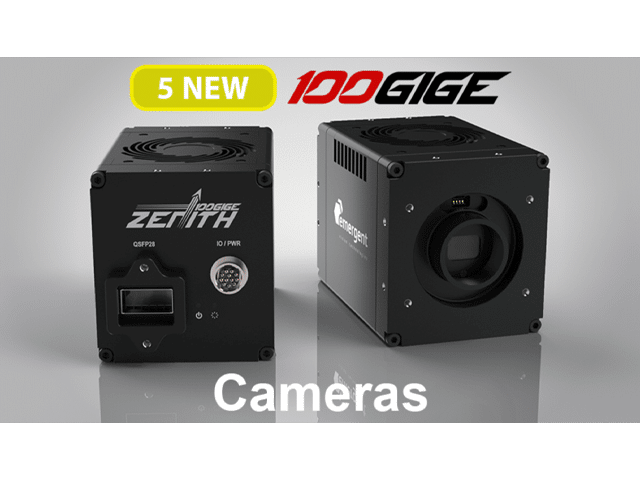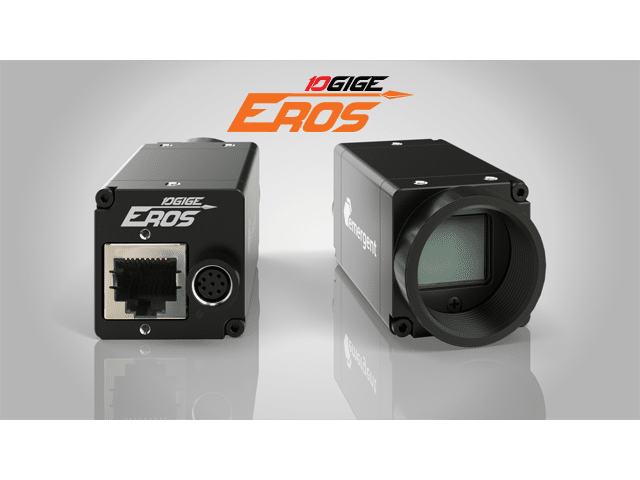New High-Speed HR and HT-Series 10 GigE cameras with Sony Polarized Image Sensors
Emergent Vision Technologies has added four camera models with polarization image sensors featuring Sony’s Polarsens technology to its HR and HT series of cameras with a 10 GigE interface: The 5 Megapixel HR-5000-S and HT-5000-S series (Sony IMX250MYR / MZR), and the 12 Megapixel HR-12000-S and HT-12000-S series (Sony IMX253MYR / MZR).
Benefits of polarization for industrial imaging
Sony’s Polarsens technology is based on polarization image sensors with four-directional on-chip polarizer and is aimed at the industrial market. The polarizer is formed on chip under the on-chip lens layer and is covered with an anti-reflection layer to avoid poor flare and ghost characteristics. Polarized image sensors offer improved brightness and color, and can also capture details, which cannot be detected by normal image sensor in applications such as glass inspection, tablet filling inspection, distortion inspection, and reflection removal.
The IMX250MZR/MYR and IMX253MYR/MZR feature an analog memory inside each pixel. This enables high frame rate, excellent picture quality imaging, and helps prevent focal plane distortion for fast moving objects.
High performance 10 GigE cameras
Emergent Vision Technologies’ HR and HT Series were the very first 10 GigE cameras to be introduced on to the market. Both series offer camera models between 2 and 50 megapixels. HR Series models are equipped with a high-speed 10 GigE SFP+ interface. SFP+ offers users with several options to cover cable length requirements for all applications at competitive prices. HT Series cameras feature a high-speed 10GBaseT RJ45 Interface, which offers 10x the speed of GigE and cable lengths up to 100 meters. Both HR and HT series are GigE Vision and Gencam compliant.
Emergent Vision Technologies leverages technologies such as Mellanox’s VMA, Rivermax, and Cspi’s MVA to offload all packet processing to the Network Interface Controllers (NICs). This results in less than 1% CPU utilization and approximately only 100us added latency.
These cameras are ideal for a wide-range of applications including solar and display panel inspection, electronic assemblies, large aerial surveillance of sport stadiums, production lines and robotics.
They will be available Q2-2019.




